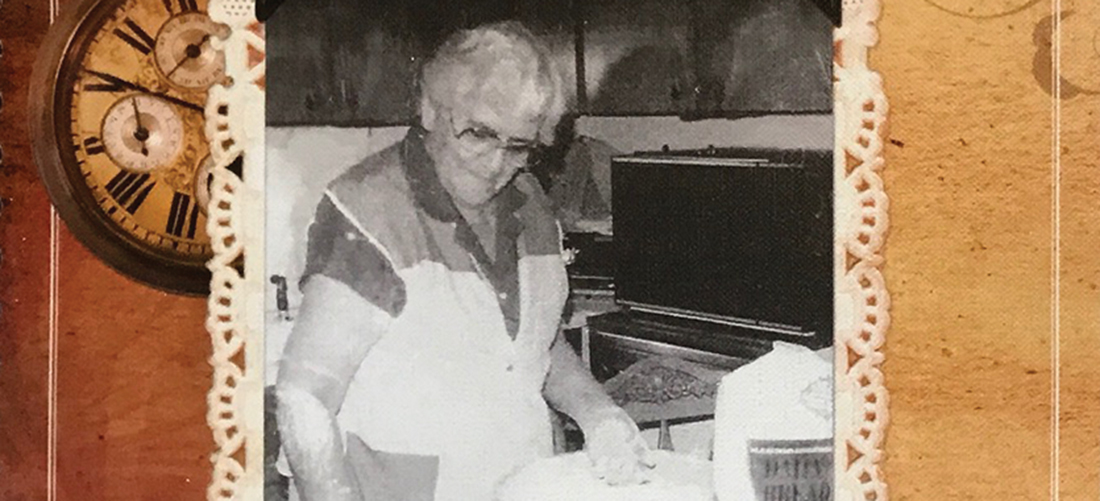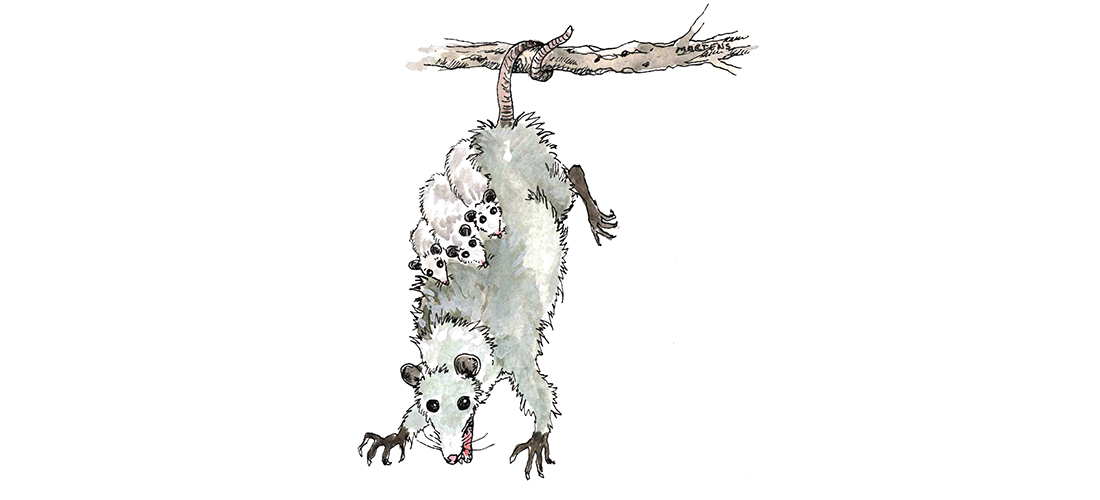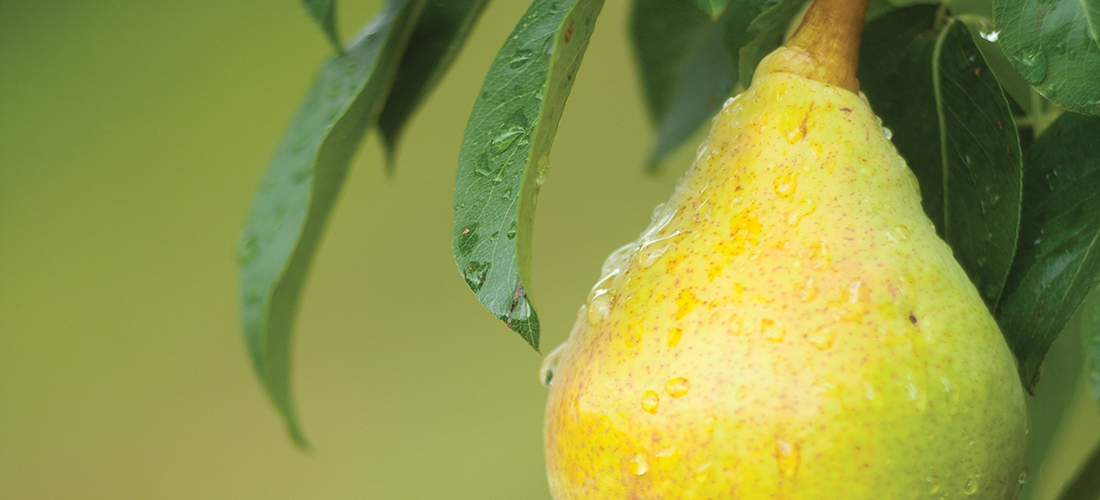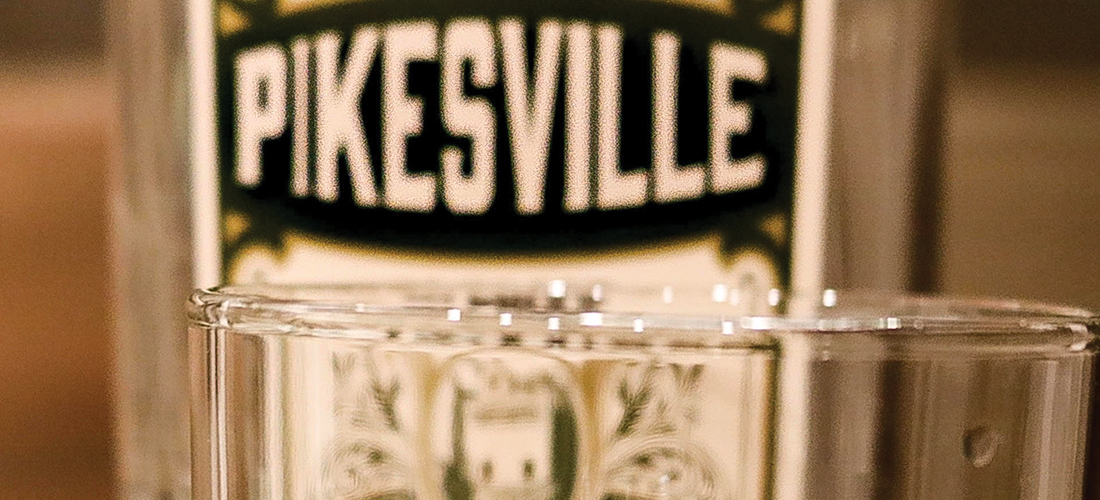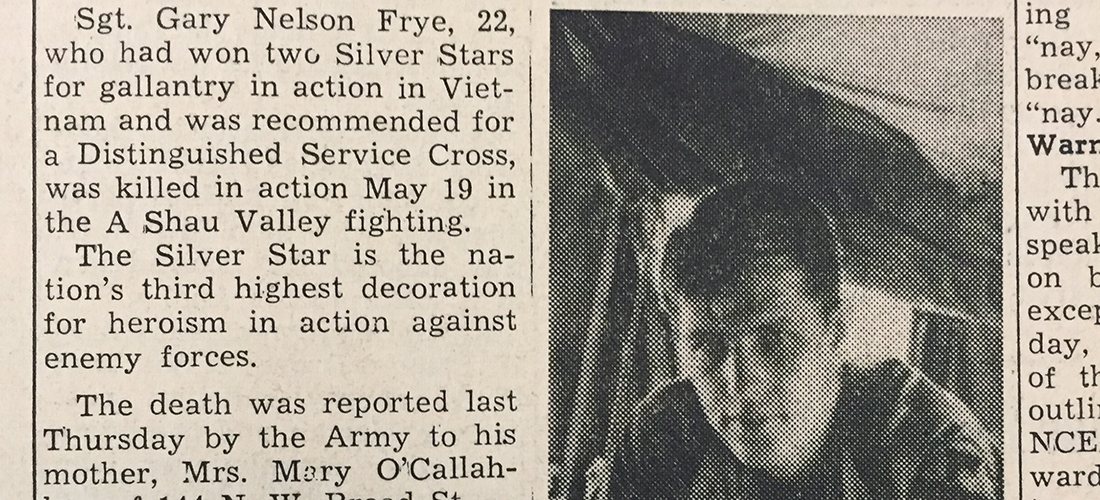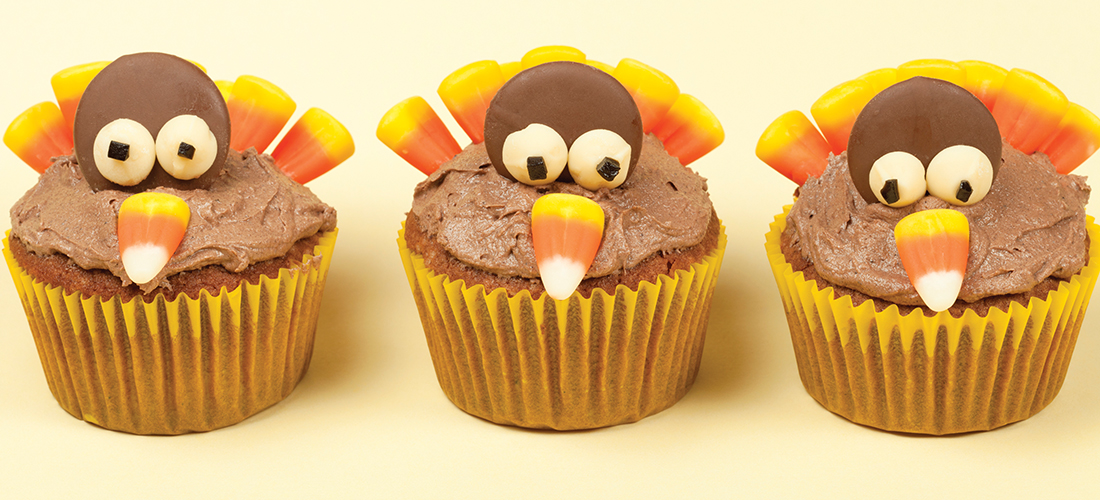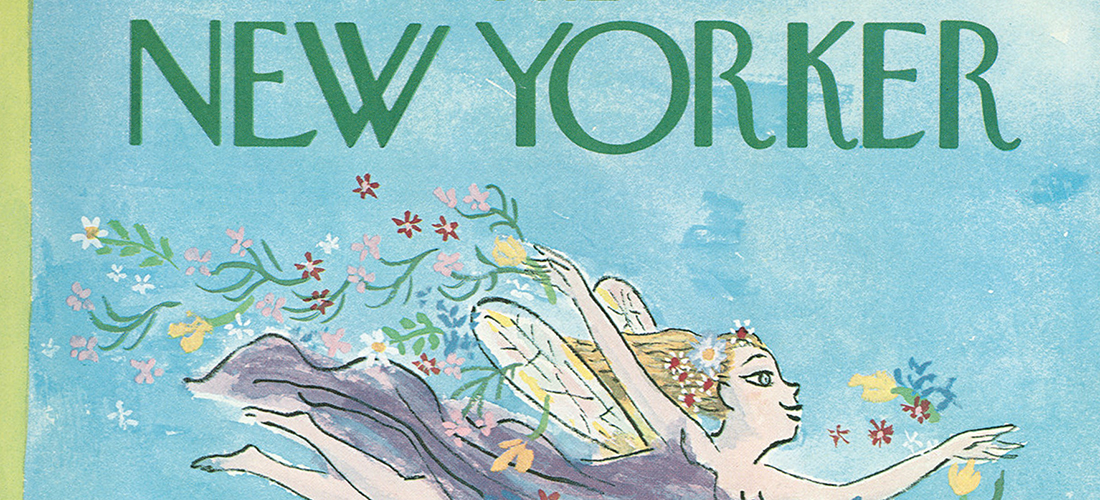Thanksgiving recipes and Moore County memories
By Jan Leitschuh
Holiday and family memories are so often shaped by food.
The smells of baking pies, ham, turkey and all the sides, a whiff of browning biscuits or cornbread, the sight of the sideboard stuffed with good things to eat — these things can whisk us right back to an earlier time, to loved ones no longer with us, to new bonds with those with whom we now celebrate.
One of my Southern husband’s earliest memories is seeing his Grandma Miller cut out biscuits on the floured surface of an old oak table. She used an old orange juice can to get the perfect cut. He now owns that old oak table. The memories are his connection to an earlier generation. But Grandma Miller’s favorite biscuit recipe is gone.
A new cookbook preserves the memories of Moore County meals past. Gathered from the clean-out of a 200-year-old home, added to by Sandhills women with recipe collections dating back 70 years, the new cookbook brings together older family recipes from the women of our community.
“We had Christmas lunch at one grandmother’s, and Christmas dinner at another, with two or three cakes on the sideboard, pies, cookies and the meats . . . turkey and Scottish lamb,” recalls Patti Burke of Carthage. “That picture you see when you walked into your grandmother’s, where the desserts were alluring, and you wanted to eat those first.”
The community cookbook, Generations of Floured Hands, recalls a slower-paced time, one with women in the kitchen, men on the land, food made from scratch with simple ingredients. It recalls family gatherings on Sunday, after church, or the kind of meals we generally make today only for the holidays or special family occasions.
Food ties memories and generations together. “That’s when you talk,” says Burke.
Sisters Burke and Mary Ruth Whitaker started cleaning out the old Blue house five years ago, when their mother died. “The family has been in the house for 200 years,” said Burke. “And they kept everything. Everything!”
The sisters are the sixth generation to grow up on this land. “This land” is the very pretty Highlanders Farm off Highway 22, near Carthage. Their ancestor, River Daniel Blue, voyaged from Scotland in 1800. He and his brothers boarded ships in the Old World to start anew, only to be separated when a storm blew his brothers off course to New York. There, they settled. Only River Daniel landed in North Carolina, to travel up the Cape Fear and into the Sandhills.
In 1804, River Daniel settled in what is now the Blue family house, which still displays a framed land grant from the king. All River Daniel brought with him was a Scottish pot (now one of only two in the world), a Gaelic Bible and a trunk. “Generations lived in that house,” said Burke, caretaking the family history. “There’s even a teapot there from General Patton.”
In cleaning, Burke and her sister came upon a treasure trove of old family recipes. “My Grandmother Blue loved to cook; she lived on the farm, right behind us. At noon, she would watch this Lady Cook show and be writing these recipes down as they scrolled by.” The sisters enjoyed reading the scripts of meals past, in their mother’s and grandmother’s writing. And they found even older recipes, carefully saved. The recipes were much used, well-loved, often spotted with grease from buttery fingers. There were instructions on how to make “snuff,” and salt-rising bread.
The sisters took their finds to their local Extension Community Association (ECA) Club. ECA, formerly the old Home Demonstration Club, began in the late 1920s. Sponsored by the government’s Extension Services, the clubs quickly spread across the U.S. and were designed to assist women in “making” a home.
“ECA was very popular once,” said Burke. “There were 66 clubs in Moore County at one time. The women didn’t work outside the home, and this was their social life, a chance to gather with other women. The purpose was to learn home skills, how to make mattresses, curtains, things to build a more quality life.”
Besides homemaking, the clubs worked up a head of steam for needed community projects. “They worked for healthy children, vaccinations; they wanted to improve family life,” said Burke. “And I think they wanted a purpose; they wanted to have a voice. This way they joined together and were stronger than being at home alone. And they were instrumental in a lot of things in Moore County. They were responsible for the first lunches in school — they brought in home-canned tomatoes at the start. They were instrumental in getting the first libraries.”
ECA Clubs declined as women began to go off to work. “And there are lots of service-type clubs now, where before there weren’t,” said Burke. “So I think it splintered.”
ECA still survives locally, in a smaller fashion. Patti Burke keeps going because of her mother, and also “because it brings together different, interesting people you might not otherwise meet.” PS
Jan Leitschuh is a local gardener, avid eater of fresh produce and co-founder of the Sandhills Farm to Table Cooperative.

